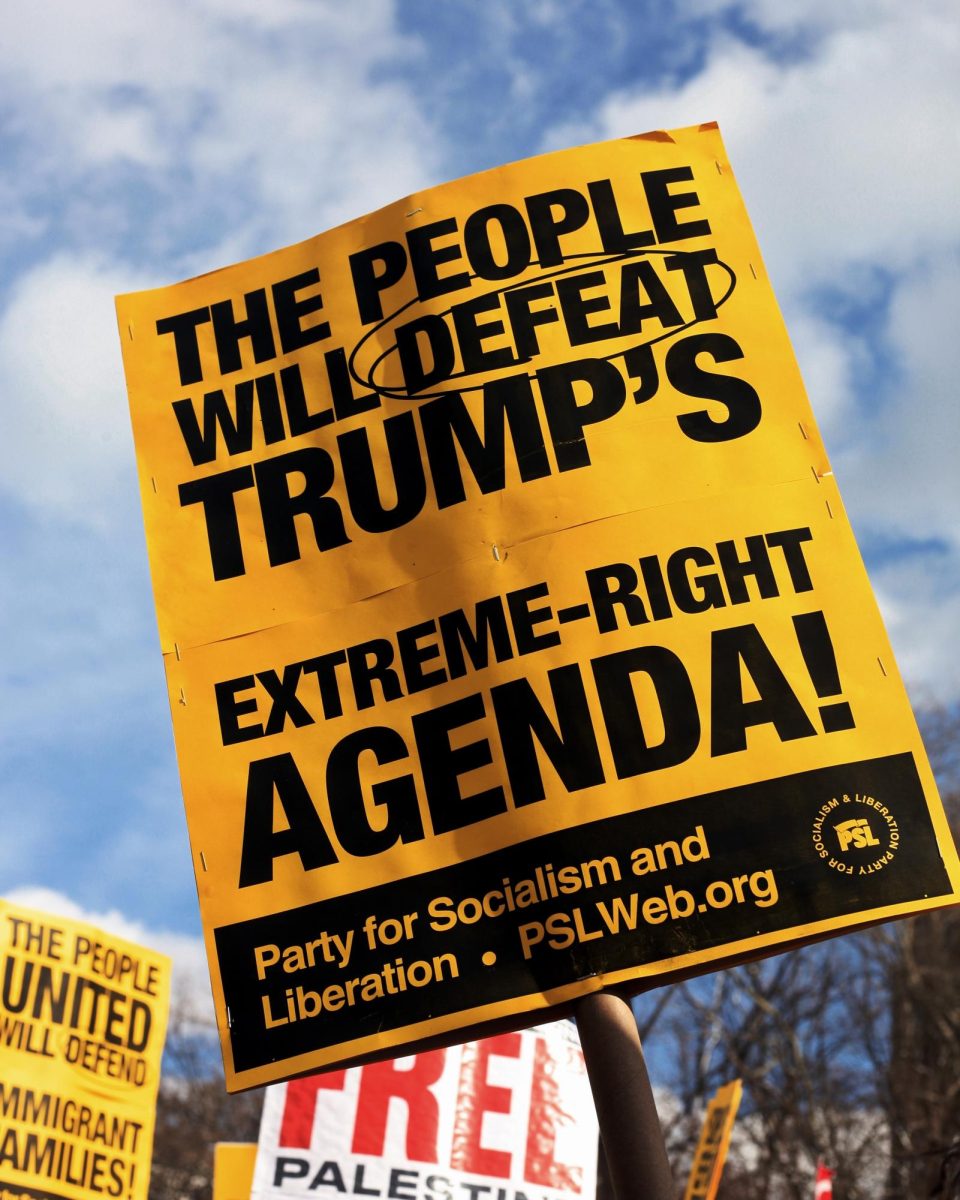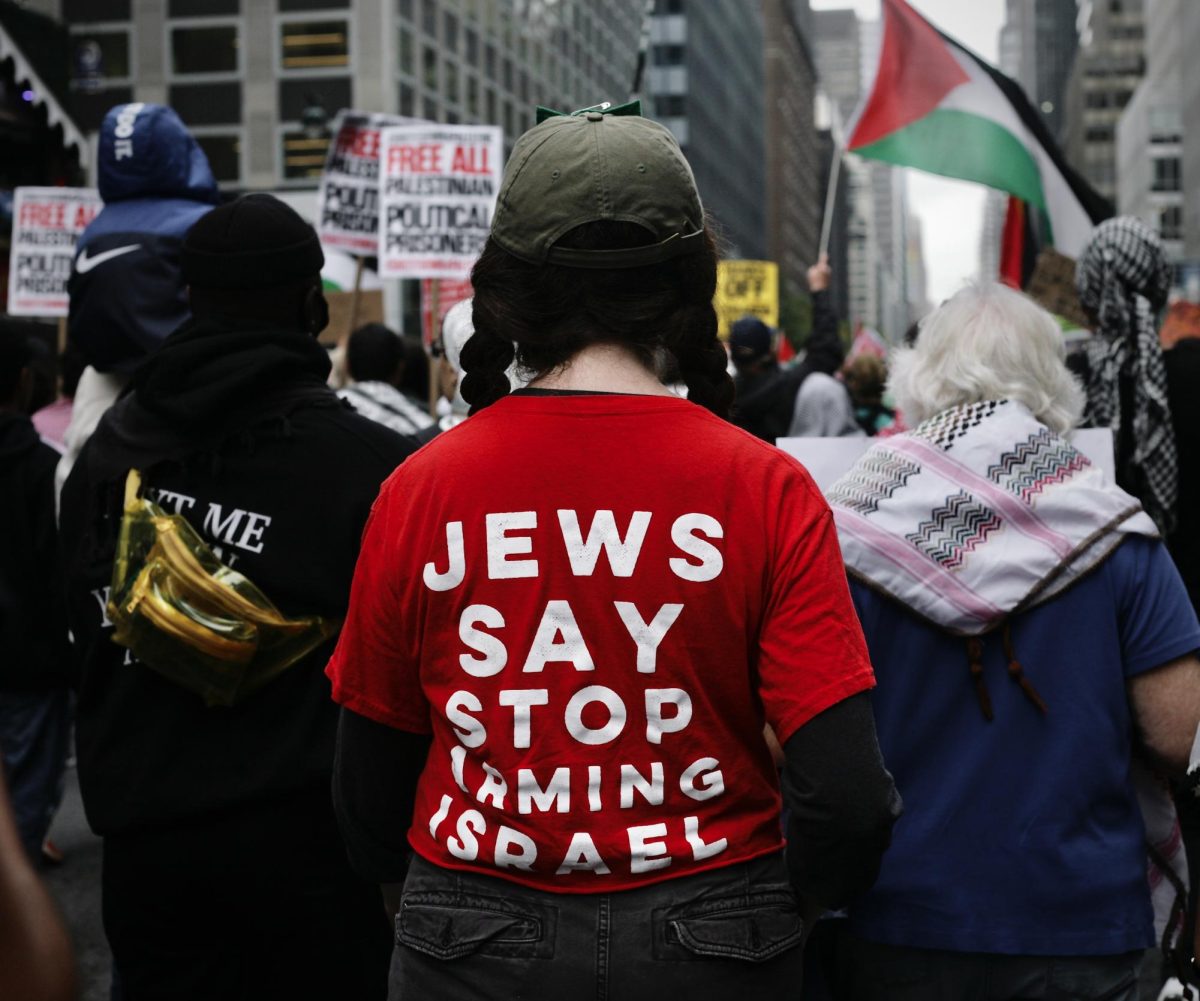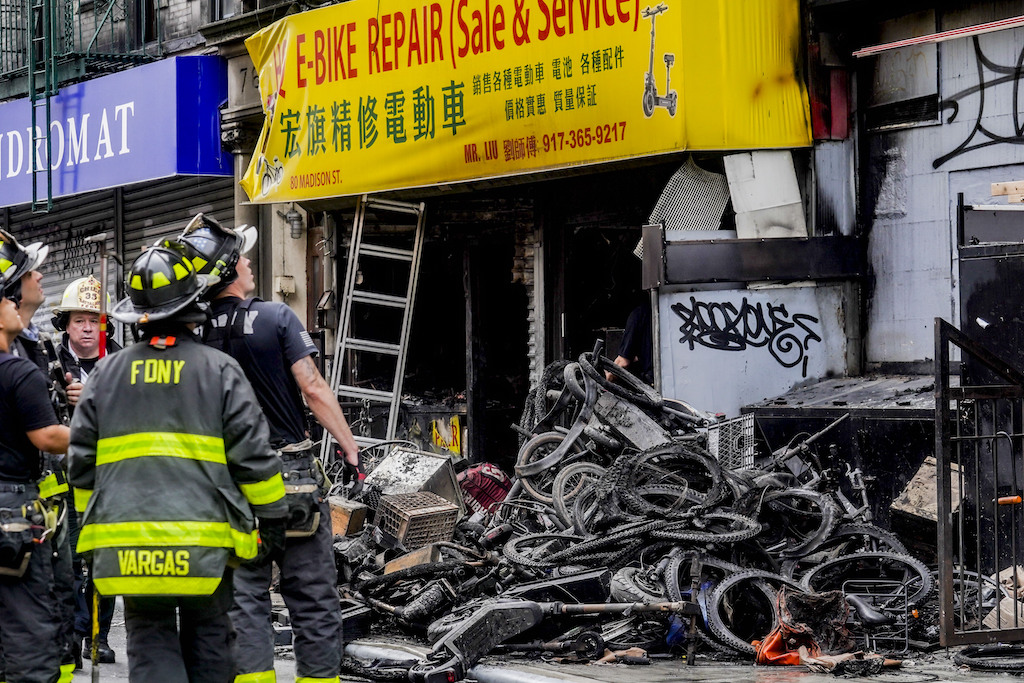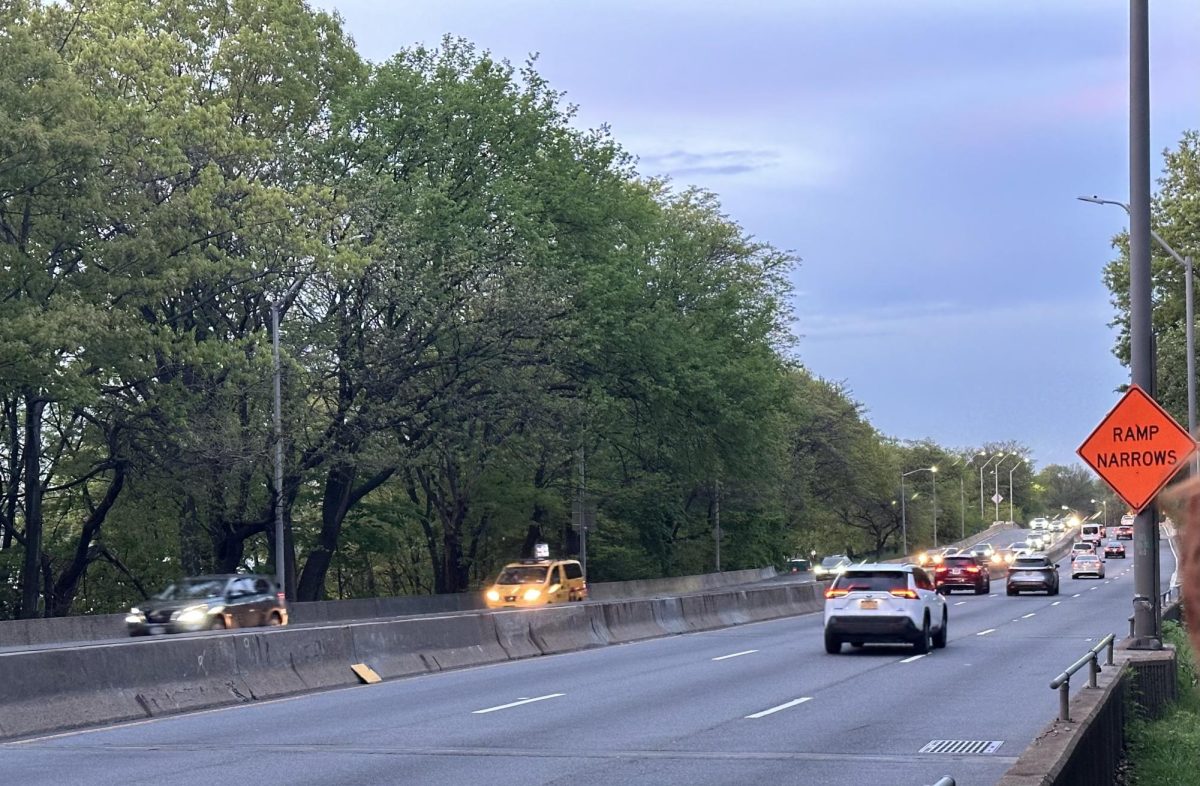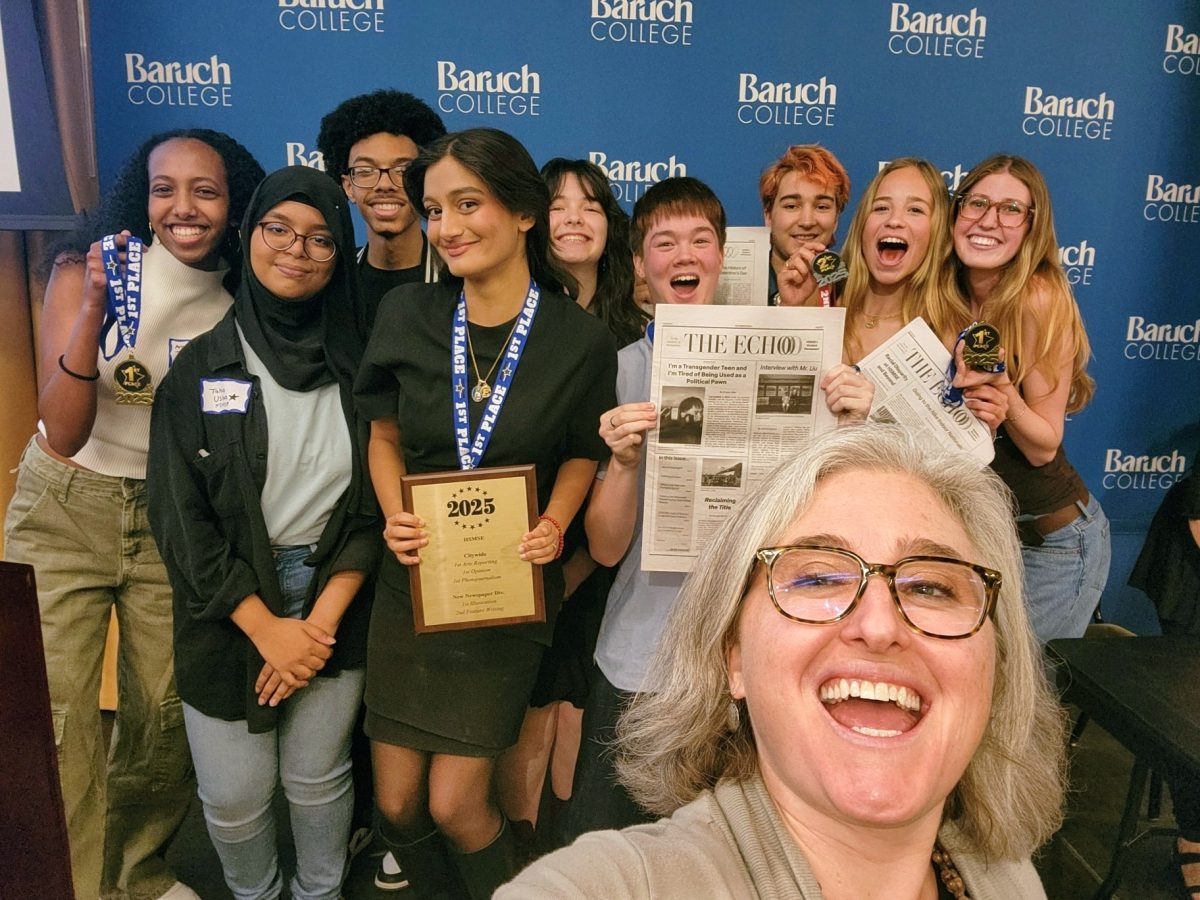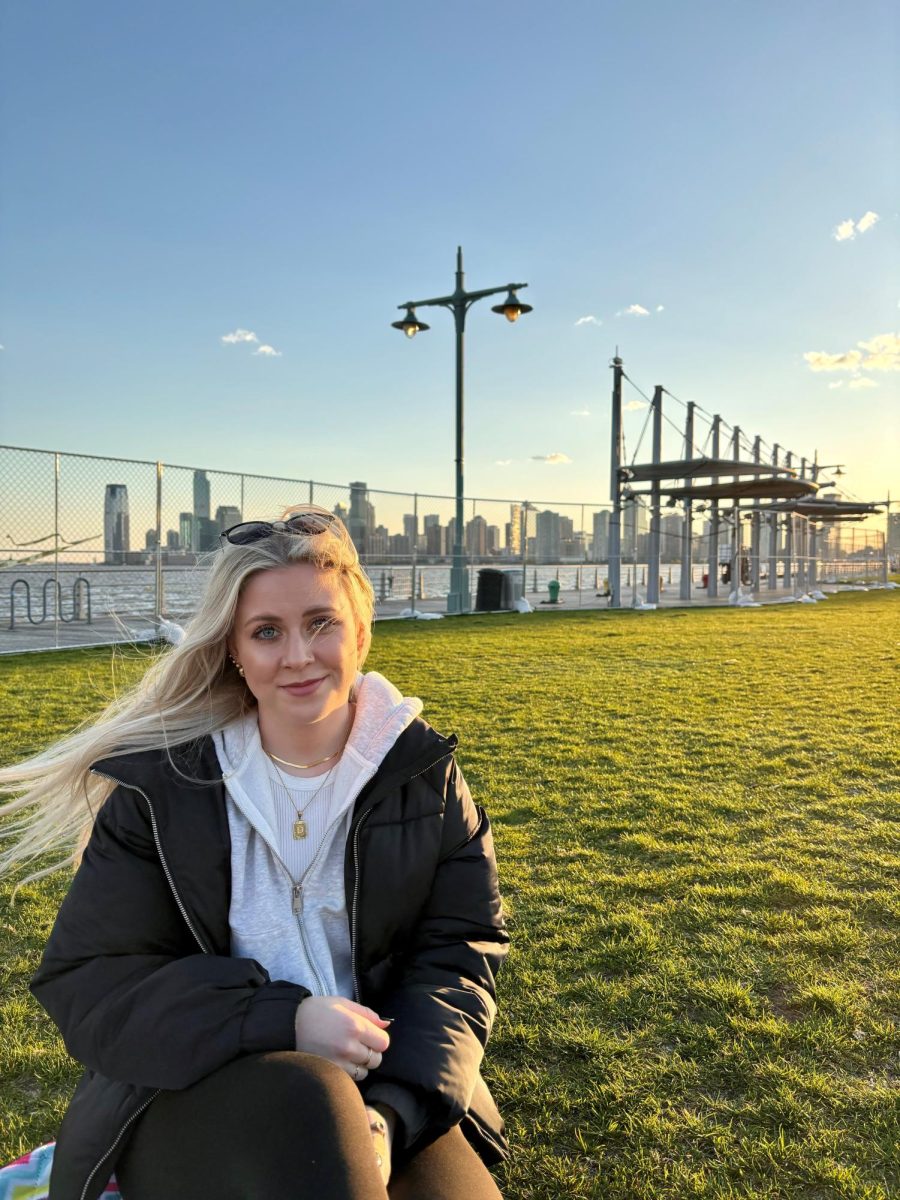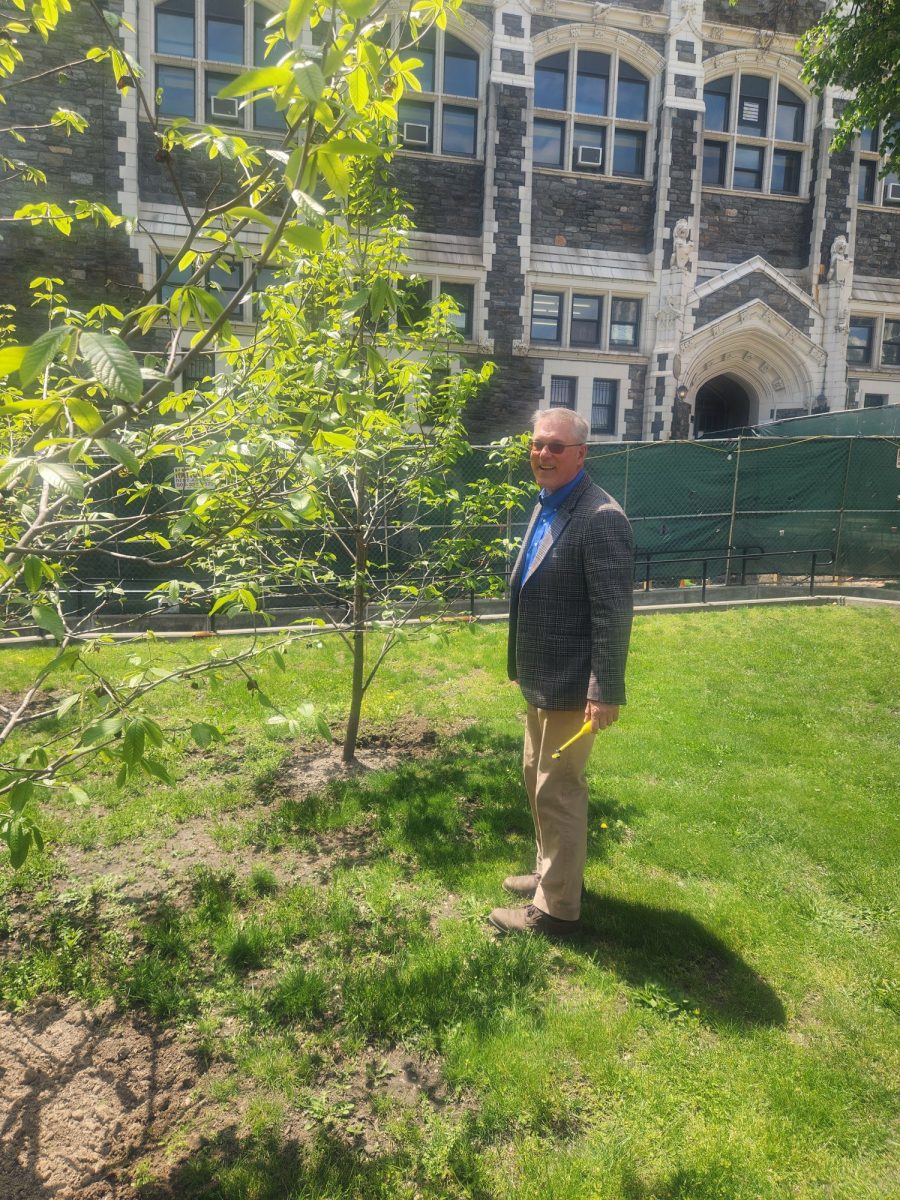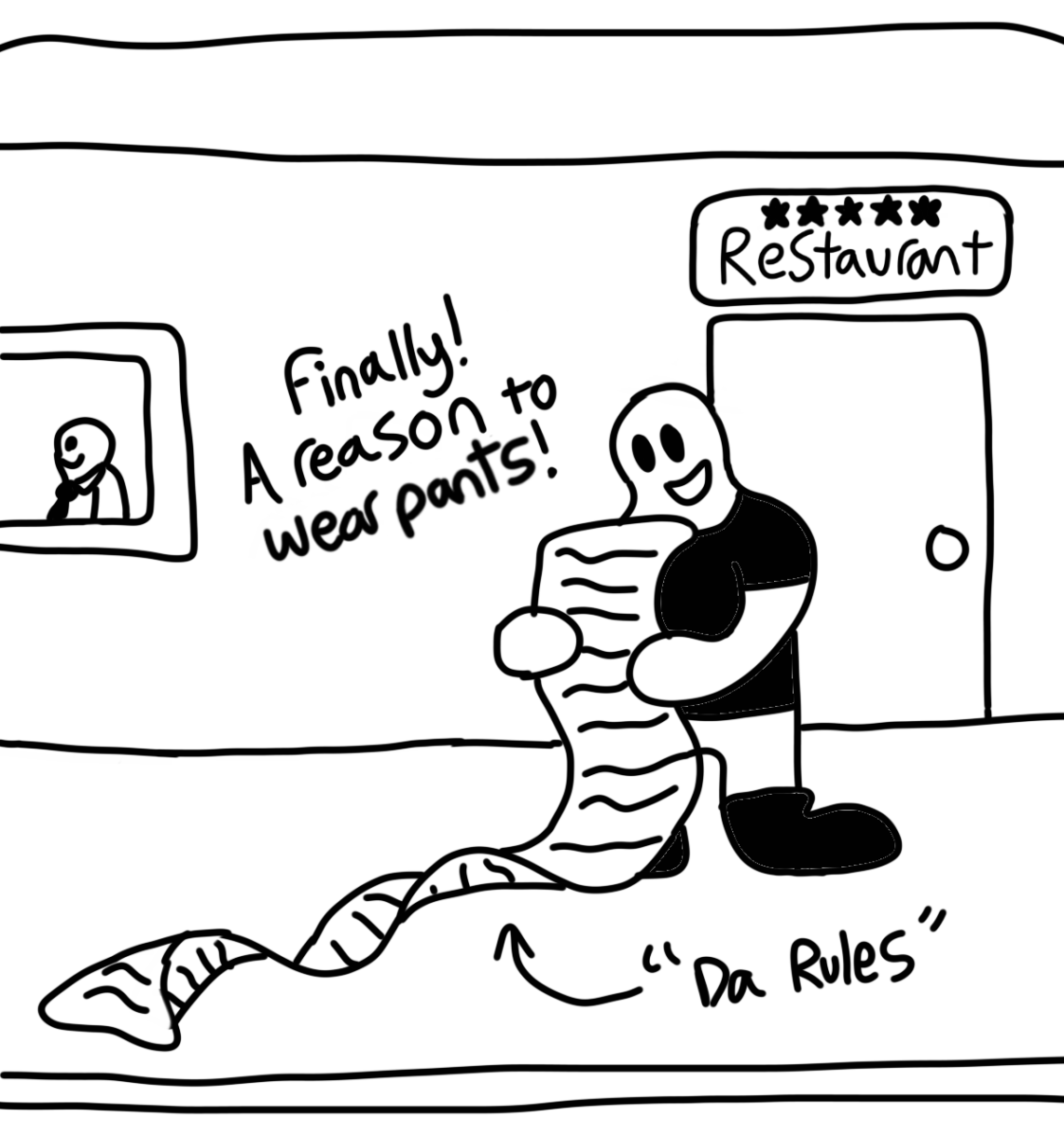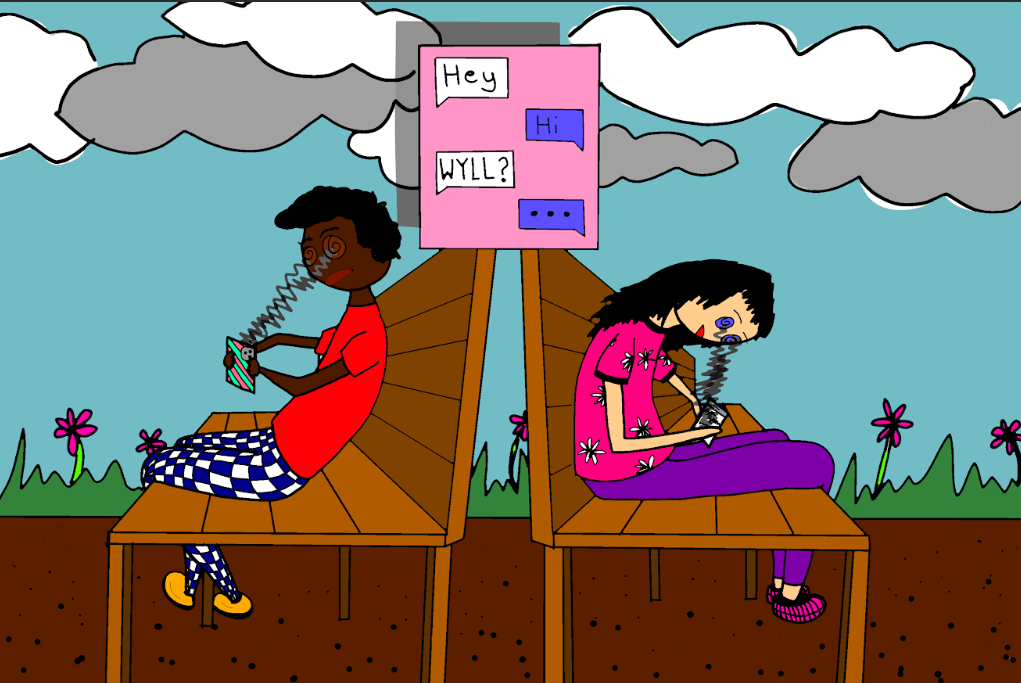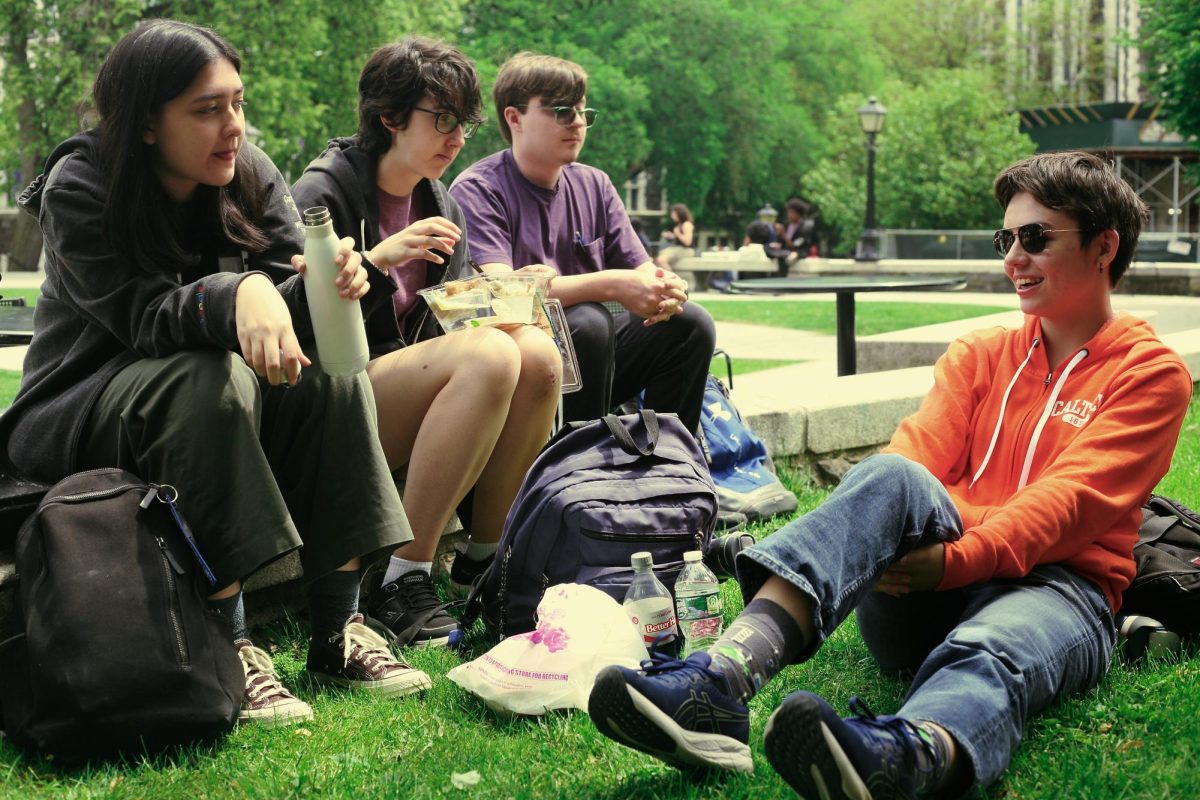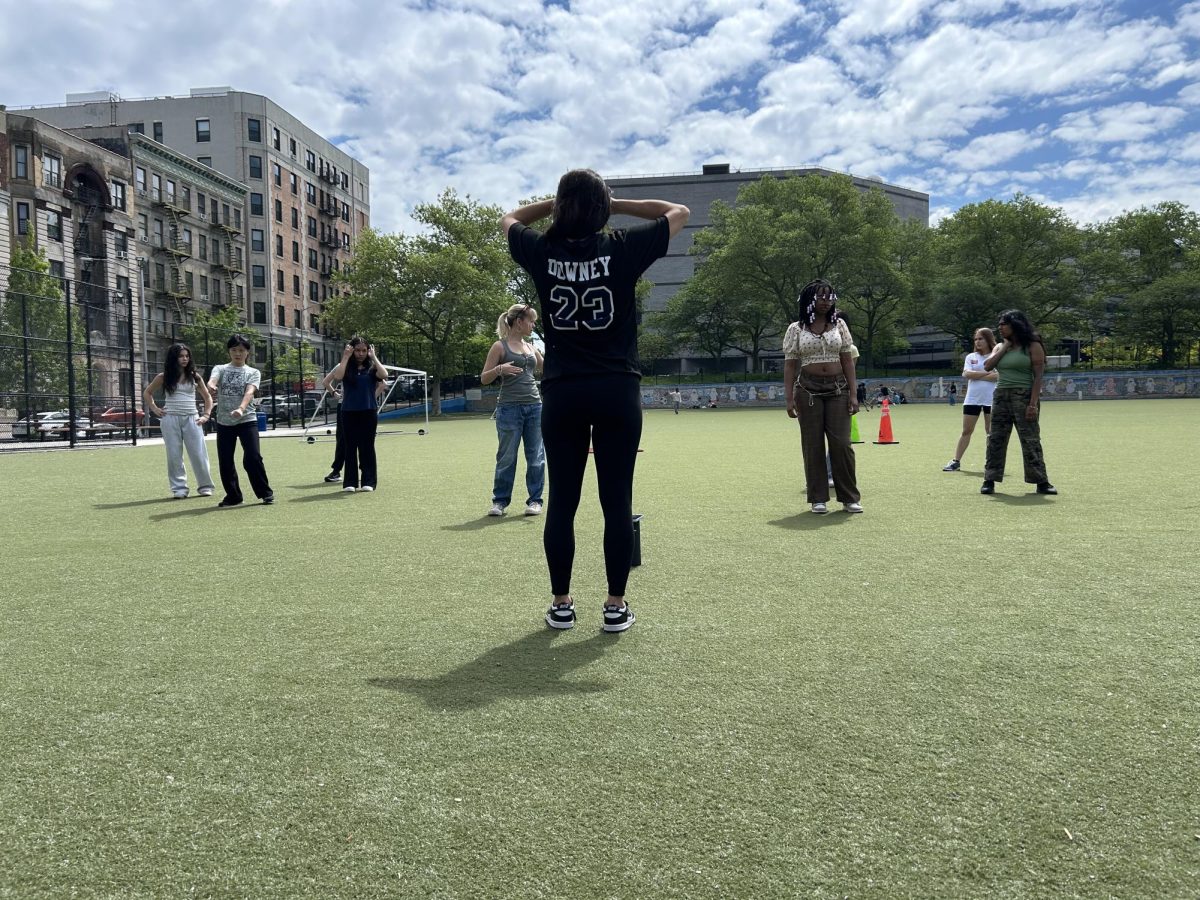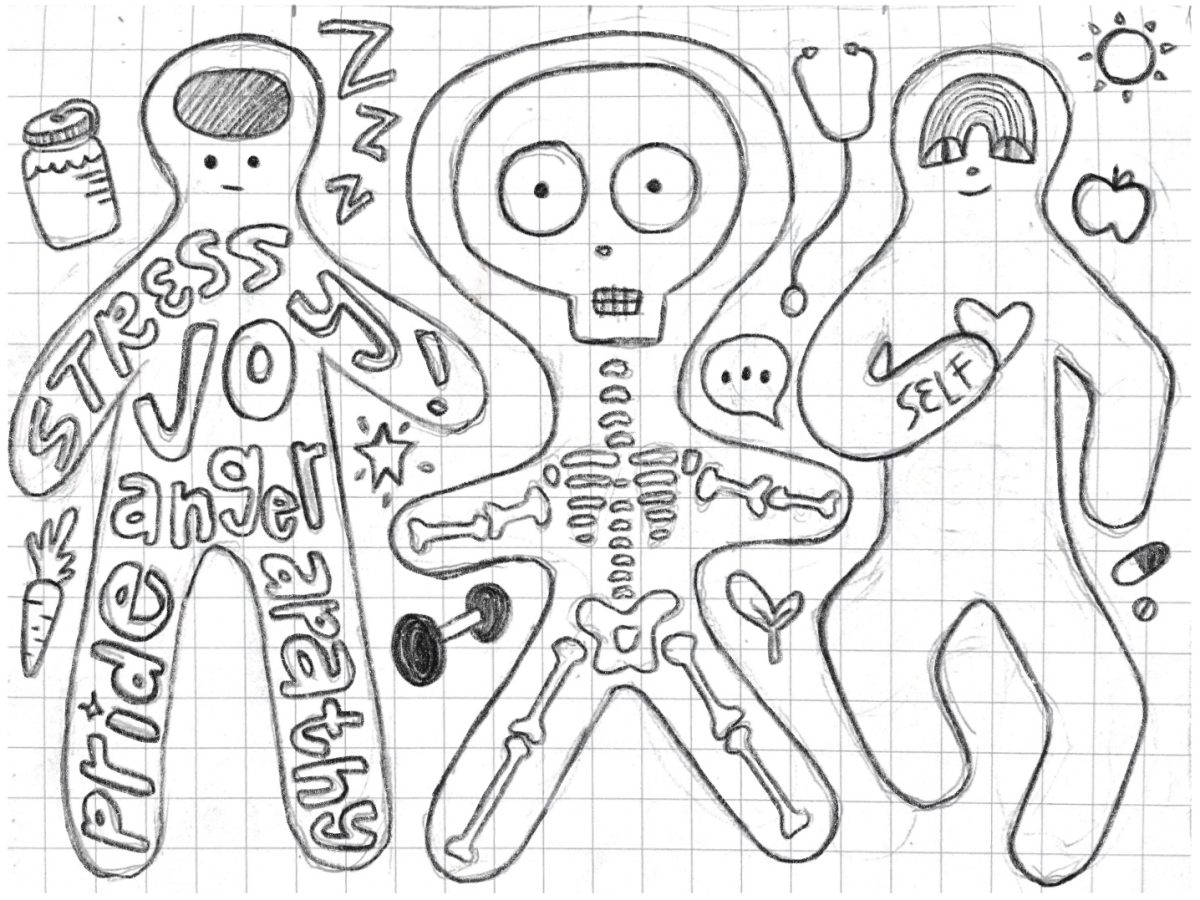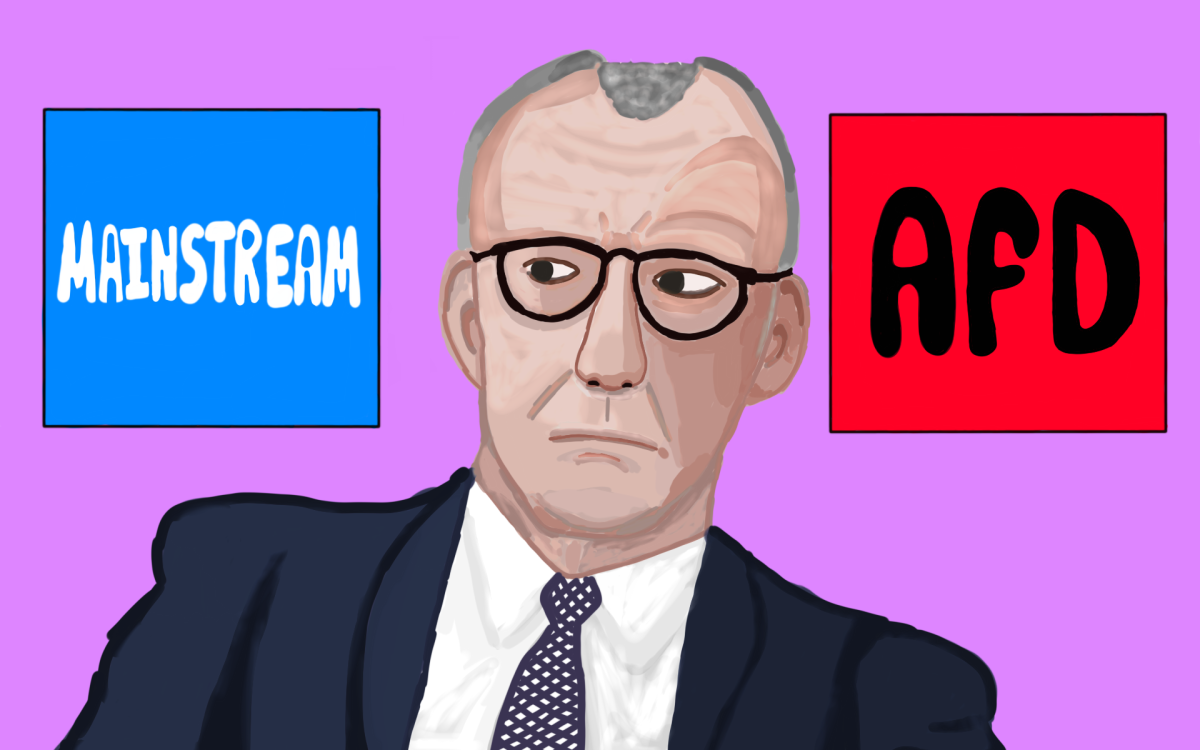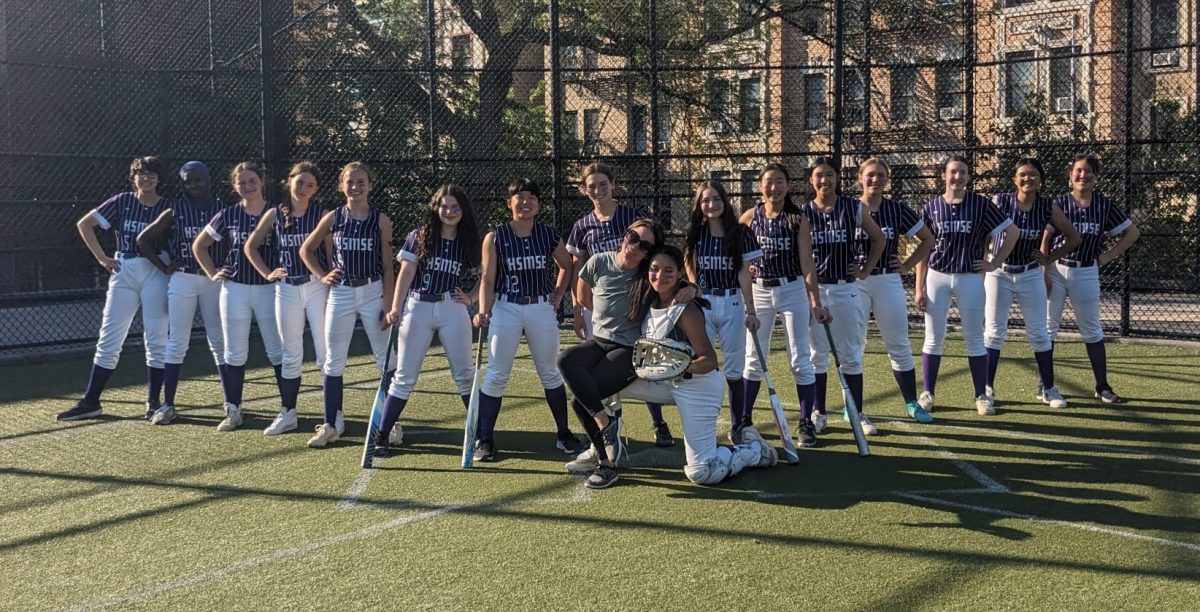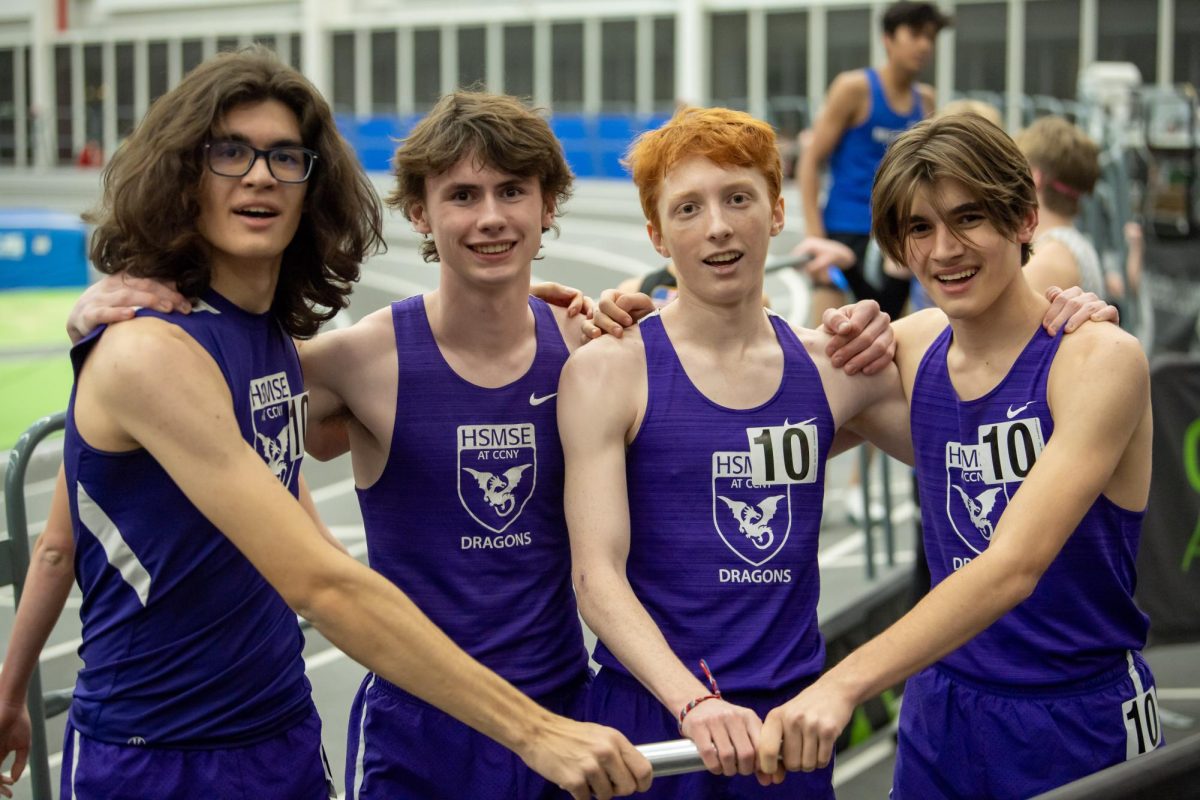Phase 2
According to current plans, Phase 2 of the Second Avenue Subway project will extend the Second Avenue Line to 125th Street and Lexington Avenue to connect with the 4, 5, and 6 trains and the Metro-North Railroad. Intermediate stations will be added at 106th Street and 116th Street. The MTA is also moving forward with building a crosstown line across 125th Street, potentially as a part of Phase 2, pending funding and environmental reviews. This project would be a massive boon to Harlem and the East Side as a whole, especially for people who have to get from the upper part of the Upper East Side or East Harlem to Manhattanville. This would also significantly reduce strain on the crosstown bus routes on 125th Street and take numerous cars off the road, as there would finally be a viable transit option to get crosstown. Buses would be much faster due to the reduced traffic and much emptier due to the new subway line running directly below.
Without the 125th Street crosstown line, Phase 2 is projected to be completed by roughly 2030 and cost $5.23 billion, in classic MTA fashion. This is in spite of the line up to 120th Street already being largely built. This makes the cost per mile approximately $4.5 billion, by far the most expensive transit project in history. $4.5 billion is nearly double the per-mile cost of Phase 1, which was $2.5 billion.
The Metropolitan Transportation Authority (MTA) decided to design a significantly smaller mezzanine at the 106th Street station than they built at other Second Avenue Subway stations, which are known for their excessively grand hallways above the platforms, sometimes being twice as long as the platforms. Simply shrinking just one mezzanine is projected to save the MTA $500 million. (Side note: imagine how much they could save if they eliminated all mezzanines altogether!)
This extension is supposed to somewhat piggyback off of what Phase 1 started (more about that in the previous issue) and further strengthen the East Side economy. Eventually. Before it is completed, East Harlem will be under a lot of strain for a long, long time. Will Phase 2 be completed by 2030? Unlikely. When it is completed, will it be grossly over-budget? Doubtless. Will it deliver the benefits it promises? Very likely.
The Future
As for us, we like the Second Avenue Subway project. Yes, it is way more expensive than it logically should be, but expensive transit is better than no transit at all. We have many ideas for future extensions to the Second Avenue Line and methods by which to drive costs down and make its construction more efficient.
Our ideas include:
- Provisions for potential future extension west from Saint Nicholas Avenue, the proposed western terminus of the 125th Street crosstown
- Provisions branching off 125th St and Lexington Avenue, heading north, for potential future extensions towards the Bronx
- Crosstown extension across 125th Street, which may be built as part of Phase 2
- Fewer elevators, smaller mezzanines, and less extravagant entrances at stations
- Simpler design, with the uniqueness coming from the decoration instead
- Larger numbers of stations being built at once
The provisions for future extensions would just be to leave options open for future subway expansions, and they would not be terribly costly. The major solutions lie in minimizing the cost of station construction.
Entrance Grandeur. The poster boy for station design inefficiencies is undoubtedly the 72nd Street station. It has not one, not two, but five elevators. Future stations should include only one or two elevators, and also have less grand entrances. 72nd Street’s entrances are not the biggest on the line (that award goes to 96th Street), but they are still much larger than necessary. The glass canopies over many entrances are nice, but they aren’t really necessary and require a lot of maintenance. A simpler roof would be better, perhaps a concrete slab to go along with the modern design concept of the stations.
Design. The design should be simple, which it often is. The issue here is that it is not the same across all stations. Each station is designed a bit differently from each other in a flailing attempt to make them unique. The designs are not extremely different, but they are different enough to complicate construction. The intended benefit of uniqueness was not delivered, as anyone who has ridden the Second Avenue Line can attest. Instead of designing the stations differently and decorating them the same way—which leads to remarkable monotony in spite of the construction workers’ best efforts—using the same design for each station and decorating each station differently would serve two beneficial purposes: not confusing construction workers to no end (which makes construction simpler and faster and cheaper), and making the stations actually unique. With decoration, each station can speak to the surrounding area—a concept that most major metro systems around the world embrace. Maybe the MTA could ask the neighborhoods for designs that would be specific to them, which may lead to the people in the area having positive feelings towards the construction. Public support is key to having a quick construction process. This would also make the stations more representative of the communities they serve or the landmarks they are close to (and thus more unique).
 Mezzanines. The mezzanines are much too long and wide. Shrinking the average mezzanine size greatly reduces cost, as demonstrated in our discussion of Phase 2. If the MTA transitioned entirely away from mezzanines, or at the very least switched to a significantly smaller design, they would save billions of dollars that could instead be used to invest in signaling or accessibility. They could install elevators to platform level and perhaps escalators as well, and have small fare control areas upon entry into the main station area.
Mezzanines. The mezzanines are much too long and wide. Shrinking the average mezzanine size greatly reduces cost, as demonstrated in our discussion of Phase 2. If the MTA transitioned entirely away from mezzanines, or at the very least switched to a significantly smaller design, they would save billions of dollars that could instead be used to invest in signaling or accessibility. They could install elevators to platform level and perhaps escalators as well, and have small fare control areas upon entry into the main station area.
Larger Phases. The MTA has recently been building only a handful of stations at once because of high labor costs which are due to high wages for construction workers and extremely high construction time. The high construction time is largely due to the necessity of on-the-job training for construction workers due to the lack of an in-house construction team. Building more infrastructure at once reduces the number of on-the-job training hours necessary on a per-station basis, speeds up the whole job, and reduces the ballooning of time and costs.
Summary. All of these small changes would lead to generally lower construction costs and a better rider experience. This, along with the extension increasing geographic coverage, will increase ridership, causing an increase in revenue. With that increased revenue comes a larger capital budget, potentially leading to even more extensions later on. If the project succeeds, its success may influence Congress to award more federal funding to the system, helping to reduce debt and have more stable income, allowing for better maintenance and quality of life improvements, such as better departure time screens and cleanliness. And who doesn’t want more accurate time displays and a cleaner, safer, more modern subway?
This Month at the MTA
- The Queensboro Plaza station is undergoing accessibility improvements, and as a result, no Manhattan-bound N, W, or 7 trains stopped there for 2 weeks.
- Several subway stations throughout New York City saw the opening of brand-new elevators, including E 149 St on the 6 in the Bronx and 181 St on the A in Manhattan.
- The final draft of the Queens Bus Network Redesign has been released, and will undergo final public outreach prior to a final plan and implementation.
- The MTA Board has approved contracts for accessibility improvements. Broadway Junction will also receive a new entrance and be fully accessible.
- The MTA released their annual statistical performance evaluation for 2023.
- The station with the most MetroCard swipes was Flushing-Main St on the 7. The station with the most OMNY taps was Grand Central-42 St on the 4, 5, 6, 7, and 42nd Street Shuttle.
- The busiest subway line was the 6, which carried more passengers than both MTA commuter railroads combined. This further underscores the need for a Second Avenue Subway line to alleviate crowding.
- The stations with the busiest bathrooms were Jackson Heights-Roosevelt Av on the E, F, M, and R lines and 14 St-Union Sq on the 4, 5, 6, L, N, Q, R, and W lines.
- The busiest bus route was the M15/M15-SBS on 1st and 2nd Avenues in Manhattan with 16.4 million paying passengers.
- The subway had 94% on-time performance, meaning that 94% of scheduled subway trains arrived at their terminal less than 5 minutes late. Subway ridership was roughly 4.08 million per weekday through September, extrapolated to be a total of 1.43 billion weekday riders (including weekend riders, this number would be roughly 1.642 billion riders).
- On January 4, a northbound 1 train attempting to get back onto the local track in order to head north to the Bronx after being rerouted onto the express track to get around an idle train collided with that same out-of-service train, which was positioned on the local track. Twenty-four people suffered minor injuries. In pictures released by the MTA, the two involved trains did not appear to be heavily damaged, despite one or both of them jumping the tracks. One of the involved trains required on-site repairs in order to be moved away, thus delaying the return of regular service on the 1, 2, and 3 lines. Full regular service was restored three days later, on January 7.
- Eyewitness News ABC7NY had an interview with a lookout for the not in service train. The train was being controlled from a central car, by a supervisor. The lookout saw that a passenger train was approaching from the express diverging to the local track, which was where his train was on. He communicated with the supervisor to stop the train, but the supervisor did not respond. The lookout later assisted in the evacuation of passengers after the crash.
- On January 10th, a northbound F train derailed near the Neptune Avenue station, the second derailment in the space of six days. No passengers were injured, and normal service was restored the next day.
- On February 1st, the R211T subway cars entered their 30-day revenue service testing window on the C line. These new cars feature open gangways, allowing passengers to walk between cars safely and without opening doors. They will enter full-time service after 30 days of issue-free operation. When issues come up, the 30 days resets, so no one really knows how long this phase will take. The R211A cars, which currently only operate on the A, took close to four months to clear revenue service testing. The R211T train currently in service has two types of gangway: one that has hard wall panels and one that has walls similar to those in articulated buses.
Sources/For Further Reading
- Last Subway: The Long Wait for the Next Train in New York City by Philip Mark Plotch, ©2020, Cornell University Press.
Metropolitan Transportation Authority
United States Constitution – Transcript



